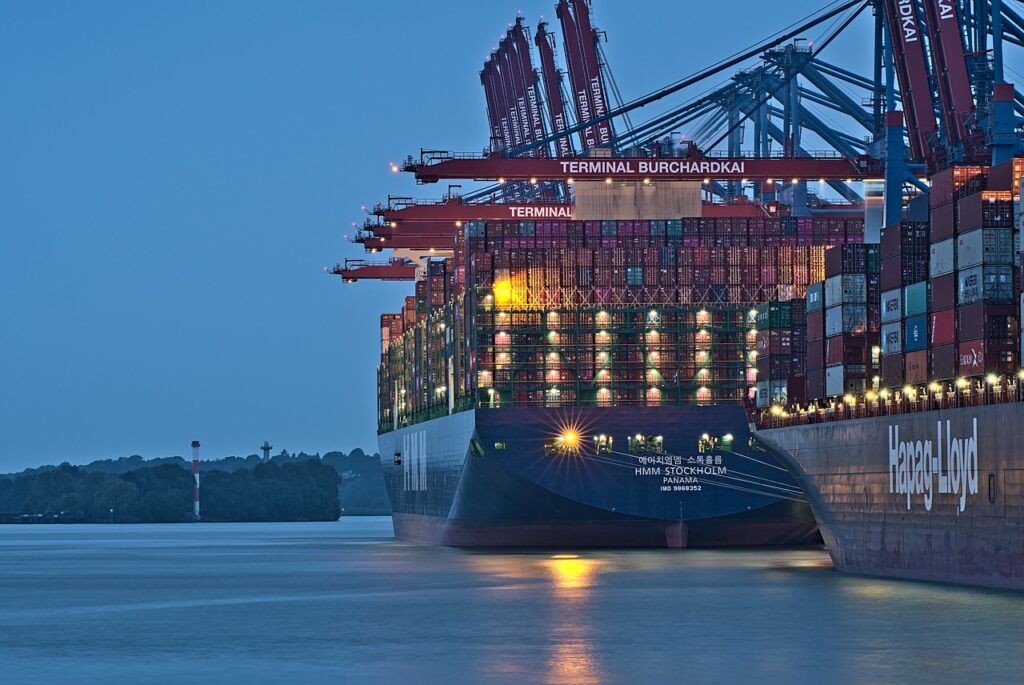In 2024, China’s foreign trade in textiles, apparel, and accessories has shown a consistent upward trend in orders, reflecting moderate growth within the industry. Data from the General Administration of Customs of China indicates that the export value for textiles and apparel reached $197.77 billion from January to August 2024, marking a year-on-year increase of 1.1%. Notably, exports in August alone amounted to $27.95 billion, up by 1.0% compared to the same period in the previous year.
Market-Specific Performance:
ASEAN Market
China’s exports to the ASEAN (Association of Southeast Asian Nations) have been particularly robust. In the first four months of 2024, exports to ASEAN countries reached $17.69 billion, representing a year-on-year growth rate of 6.2%. This accounted for 19.7% of China’s total textile and apparel exports during this period. Among the ASEAN countries, Vietnam emerged as a key growth driver, with export values exceeding $6.1 billion—a notable 11% increase compared to the previous year. This reflects a strong demand in the ASEAN market, driven by both increased manufacturing activities within these countries and a growing consumer market.
U.S. and European Markets
Contrasting with the robust growth in ASEAN markets, exports to the United States and the European Union have shown slower growth. During the first four months of 2024, exports to the United States and the EU recorded year-on-year increases of 1.5% and 0.9%, respectively. While these figures indicate relative stability, they also reveal a tempered demand compared to previous years. Factors contributing to this stability include an evolving preference for sustainable fashion, higher production costs, and more diversified supply chains within the Western markets. However, slower growth may imply that these markets are reaching a level of saturation or that they are adjusting to shifts in consumer demand, impacting the volume of exports from China.
Key Influencing Factors
Several factors have contributed to the mixed growth patterns in China’s textile and apparel exports:
Slow Global Economic Recovery
The global economic recovery has been slower than anticipated, causing subdued demand in several international markets. Many economies continue to grapple with high inflation, disrupted supply chains, and geopolitical tensions, which have collectively dampened consumer spending. As a result, demand for textiles and apparel has not rebounded as swiftly, particularly in developed markets. China’s growth in textile and apparel exports has been affected by this lingering uncertainty, which continues to impact overall global trade volumes.
Currency Exchange Rate Volatility
The rapid appreciation of the Chinese yuan against the U.S. dollar, coupled with greater fluctuations in exchange rates, has introduced new risks for Chinese exporters. A stronger yuan makes Chinese goods more expensive for international buyers, potentially reducing competitiveness in price-sensitive markets. The dual-direction exchange rate fluctuations also add uncertainty to pricing and financial planning, compelling Chinese exporters to adopt more conservative strategies or seek hedging solutions to minimize currency-related risks.
Disruptive Events
Unexpected events such as violent national protests in Bangladesh have also influenced the global supply chain in textiles. As one of the leading textile and garment manufacturing countries, Bangladesh’s capacity was severely impacted by these disruptions, causing some international buyers to shift orders to other sourcing destinations, including China. While these shifts can provide short-term gains for Chinese exporters, they also highlight the vulnerability of global supply chains to political and social instability.
Future Outlook
Despite these challenges, the future of China’s textile and apparel exports remains cautiously optimistic. China is anticipated to sustain moderate growth within this sector, aided by several supportive factors:
- Diverse Export Markets: China’s export market is likely to continue diversifying as a growing number of developing nations become key destinations. The “Belt and Road” Initiative, which aims to enhance trade ties with countries along this route, has opened new opportunities for China’s textile and apparel exports. As more emerging markets show increased demand, Chinese manufacturers may benefit from expanding trade relationships within these regions.
- Gradual Economic Recovery: As the global economy gradually stabilizes, demand for textiles and apparel is expected to improve. China’s textile industry is positioned to capitalize on this recovery, supported by its advanced production capabilities, competitive pricing, and innovations in sustainable manufacturing. As purchasing power strengthens in various regions, demand for fashion and apparel may rebound, stimulating growth for China’s textile exports.
- Government Support for the Textile Industry: Chinese authorities continue to implement policies that support the textile and apparel sector. These policies aim to mitigate export risks, improve supply chain resilience, and enhance the industry’s sustainability. Through these supportive measures, China is positioned to retain its status as a leading textile and apparel exporter, benefiting from sustained demand and increased market diversification.
Conclusion
In 2024, China’s textile, apparel, and accessories industry has experienced positive growth in foreign trade orders, with overall export figures reflecting a moderate increase. The ASEAN region has been a significant growth driver, while the U.S. and EU markets have exhibited slower growth. Despite a range of challenges, including a slow global economic recovery, currency volatility, and disruptive events in key manufacturing nations, China’s textile industry is poised to adapt and thrive. With ongoing diversification into emerging markets and continued government support, the future of China’s textile and apparel exports appears stable and promising, especially as global demand gradually recovers.




